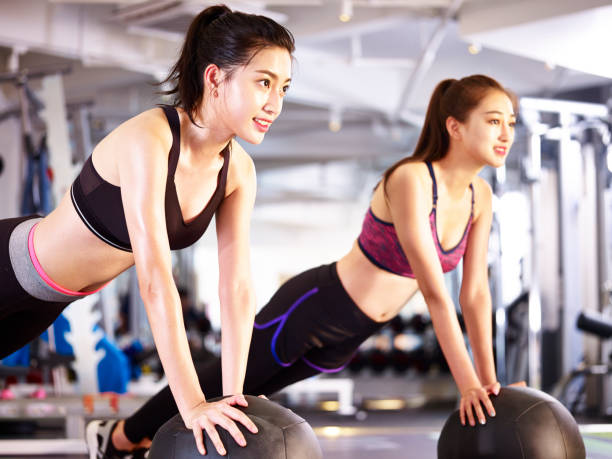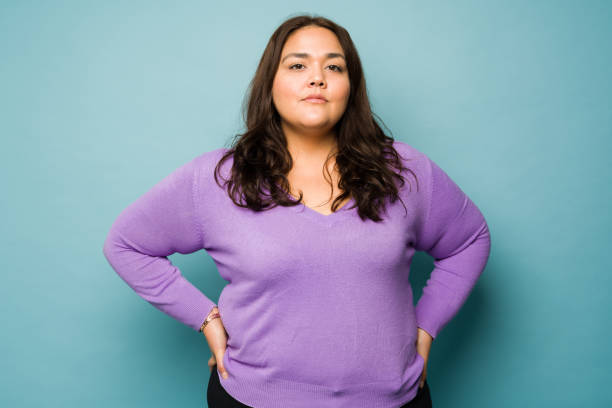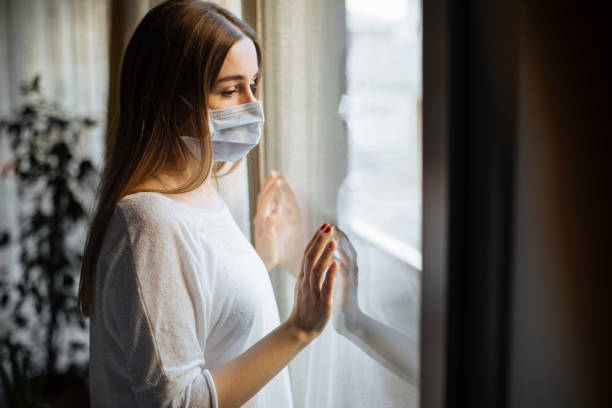Women’s health is not just a chapter in a medical textbook—it’s a living, breathing narrative written across decades. From the formative years of puberty to the transitions of pregnancy, menopause, and beyond, a woman’s body transforms in ways that are both miraculous and challenging. But within that change lies a powerful constant: movement. Exercise isn’t just about burning calories or chasing a certain body shape—it’s about fortifying the systems that keep us alive, vibrant, and resilient.
When we talk about the best exercises for women’s health, we’re talking about far more than the superficial. We’re speaking to the heart, lungs, bones, muscles, and even the mind. We’re talking about hormones and immunity. Fertility and mental health. Confidence, clarity, and strength.
This is not an article that will tell you to do squats because they’ll make your butt look great (although, yes, they will). This is about the holistic, evidence-backed, empowering story of how different forms of movement—when practiced with intention—can nourish every part of a woman’s being.
Strength Training: More Than Muscle
There is an outdated image in many women’s minds when it comes to lifting weights—a fear of becoming bulky, a worry about venturing into the “men’s section” of the gym. But science has rewritten that script entirely. Strength training, in all its forms, is one of the most powerful tools a woman can use to protect and enhance her health.
Muscle mass begins to decline after the age of 30, and with it comes a cascade of health consequences. We lose bone density, balance, and metabolic flexibility. Strength training not only slows this decline, it can reverse it. Lifting weights signals the body to build bone, burn fat more efficiently, and produce hormones that regulate mood and energy.
What’s fascinating is that strength training doesn’t have to mean barbells and kettlebells (though it can). Resistance bands, bodyweight exercises, and even everyday activities like carrying groceries or gardening can contribute to muscular health when done consistently. The key is progressive overload—gradually increasing the resistance or intensity so the body continues to adapt.
For women navigating menopause, strength training becomes especially important. Estrogen levels decline, increasing the risk of osteoporosis and visceral fat accumulation. Strength training fights both by stimulating bone growth and enhancing metabolic rate. It’s not about looking like a bodybuilder—it’s about building the scaffolding that supports every cell and system in your body.
Cardiovascular Exercise: A Love Letter to Your Heart
Your heart is an incredible organ, beating over 100,000 times a day without rest. And yet, so often, we forget to take care of it until something goes wrong. Cardiovascular exercise—any movement that elevates your heart rate—is one of the most effective ways to protect and enhance heart health, especially in women.
Heart disease is the leading cause of death for women globally. Unlike men, whose symptoms often include chest pain, women are more likely to experience fatigue, shortness of breath, and jaw or back pain. This makes prevention even more essential.
Whether it’s brisk walking, running, cycling, swimming, or dancing, cardio exercise helps to lower blood pressure, regulate cholesterol levels, and improve blood vessel function. It also enhances insulin sensitivity, which is crucial for women at risk for type 2 diabetes or polycystic ovarian syndrome (PCOS).
Beyond the biology, cardiovascular movement also connects women to joy. There’s something profoundly freeing about dancing in your kitchen, hiking through the woods, or pedaling down a quiet street. Cardio isn’t just about numbers on a heart rate monitor—it’s about reclaiming space for your body to move rhythmically and purposefully.
Core Work: The Silent Foundation
The term “core” is often misunderstood as simply the abdominal muscles. But the core is a complex system of deep muscles—abdominals, obliques, pelvic floor, diaphragm, and muscles around the spine—that work together to stabilize and support the body.
For women, a strong core is especially vital. Pregnancy, childbirth, and hormonal shifts can weaken or destabilize these muscles, leading to issues like lower back pain, incontinence, and pelvic organ prolapse. Targeted core training can help prevent and rehabilitate these conditions.
What’s fascinating is that the best core exercises aren’t always the flashy ones. Planks, bridges, and pelvic tilts can be far more effective than hundreds of crunches. The goal is to engage the deeper stabilizing muscles and teach them to fire in harmony. This creates not only a flat stomach (if that’s your goal), but also better posture, fewer injuries, and a stronger foundation for every movement you make.
Incorporating mindful breath work into core training is particularly beneficial for women. The diaphragm and pelvic floor are intimately connected. When you breathe deeply and properly, these muscles rise and fall in a coordinated dance, supporting spinal alignment and organ function.
Flexibility and Mobility: Grace in Motion
There is a quiet kind of strength in flexibility—a grace that allows the body to move with ease, adapt to stress, and avoid injury. Mobility is not just about touching your toes or doing the splits. It’s about maintaining the range of motion in your joints and the elasticity of your muscles so that you can walk, lift, stretch, and play without pain.
For women, flexibility and mobility exercises play a crucial role in balancing the muscular tension that builds from daily activities, stress, and other forms of training. Yoga and Pilates are often championed for their ability to enhance flexibility, but even simple dynamic stretching routines or foam rolling sessions can make a profound difference.
Hormonal fluctuations across the menstrual cycle can also affect flexibility. During ovulation, for example, increased estrogen can make ligaments more elastic, which may slightly increase the risk of joint injuries if not managed with awareness. Learning how to tune into your cycle and modify movement accordingly is a beautiful way to practice body literacy.
Mobility is also the fountain of youth. Studies show that older adults who maintain good joint mobility have better balance, lower fall risk, and greater independence. For women in midlife and beyond, mobility training is an act of self-preservation and self-respect.
Mind-Body Practices: More Than Just Stretching
The ancient practices of yoga, Tai Chi, and Qigong have survived millennia for a reason—they address the human body not as a machine, but as a harmonious system of energy, breath, emotion, and motion. For women, whose lives often involve caregiving, multitasking, and emotional labor, these practices offer a sacred pause.
Yoga is perhaps the most popular of the mind-body modalities. Its benefits extend far beyond flexibility. Regular practice improves strength, balance, cardiovascular health, digestion, and sleep. It also helps regulate the nervous system, which is essential for hormone balance, fertility, and stress management.
Tai Chi and Qigong, though less commonly practiced in the West, are gentle martial arts that emphasize fluid movement, breath control, and mental focus. These practices are especially beneficial for older women or those recovering from injury or illness. They improve balance, reduce anxiety, and foster a meditative awareness that carries into daily life.
What makes mind-body exercises so powerful is their ability to teach women how to inhabit their bodies fully. They offer a space for reconnection—a counterbalance to the constant forward motion of modern life. They remind us that rest is not laziness, and stillness is not stagnation. Sometimes, the most powerful transformation begins in silence.
High-Intensity Interval Training (HIIT): Power in Short Bursts
Not every woman has an hour to spend at the gym. Enter HIIT—high-intensity interval training—a method that alternates short bursts of intense effort with periods of rest or lower intensity. In as little as 20 minutes, you can burn fat, build endurance, and stimulate muscle growth.
For women, HIIT offers metabolic benefits that go beyond the workout window. It increases the afterburn effect (known as excess post-exercise oxygen consumption or EPOC), meaning you continue to burn calories long after the session ends. It also improves insulin sensitivity and cardiovascular health, and can be adapted to any fitness level.
But there’s a caveat. Because HIIT is so demanding, recovery becomes even more important. Overtraining can disrupt hormone balance, suppress immunity, and lead to burnout. For women dealing with adrenal fatigue, thyroid issues, or chronic stress, it’s better to incorporate HIIT cautiously, with ample rest and recovery.
When used wisely, HIIT becomes a powerful tool in the female fitness toolbox—efficient, exhilarating, and empowering.
Walking: The Underrated Hero
Amidst the fancy workout trends and cutting-edge fitness apps, the humble act of walking often gets overlooked. Yet, it may be one of the most potent and accessible forms of exercise for women across all life stages.
Walking doesn’t just move the body—it regulates it. It lowers cortisol, improves mood, supports digestion, and boosts creativity. Walking outdoors offers the added benefits of vitamin D, natural light exposure (which helps regulate sleep), and mental clarity.
Studies show that regular walking can lower the risk of heart disease, dementia, depression, and even certain cancers. It also serves as a gateway exercise—an easy entry point for those new to fitness, postpartum mothers, or women recovering from illness.
There is a kind of magic in walking. Alone, it becomes meditation in motion. With a friend, it becomes therapy. With a child, it becomes bonding. No matter the pace, it counts. Walking reminds us that movement doesn’t have to be intense to be impactful.
Pelvic Floor Exercises: The Invisible Powerhouse
Tucked quietly within the pelvis is a hammock of muscles that most women don’t think about until something goes wrong. But the pelvic floor is the unsung hero of female health—supporting the bladder, uterus, rectum, and spine.
Weakness in the pelvic floor can lead to incontinence, pelvic pain, and prolapse—issues that affect millions of women, especially during and after pregnancy, and in the post-menopausal years. The good news is that targeted exercises, such as Kegels, can significantly improve pelvic health.
Pelvic floor training is about more than just squeezing. It’s about learning how to coordinate breath, posture, and movement to support this critical muscle group. Physical therapists who specialize in women’s health can help tailor programs that integrate these exercises into daily life.
A strong pelvic floor enhances not only physical health but also sexual wellness and core stability. It’s a quiet revolution that begins within—one contraction at a time.
The Emotional Landscape of Movement
Beyond the physiology and anatomy lies another crucial layer: the emotional relationship women have with exercise. For many, it’s a source of empowerment and pride. For others, it’s tangled with shame, guilt, or body image struggles. The fitness industry has often marketed exercise as a tool for punishment—burn off the cake, fix the flaw, earn the indulgence.
But what if movement became an act of self-compassion rather than self-criticism? What if we chose exercises not for how they make us look, but for how they make us feel?
The best exercises for women’s health are those that foster joy, consistency, and connection. They may look different at various life stages. They may evolve with circumstances and preferences. But they always come from the same place: honoring the body as a vessel of strength, wisdom, and worth.
Conclusion: The Movement Revolution
There is no one-size-fits-all workout plan. Women are not machines to be optimized—they are ecosystems to be supported. The best exercises for women’s health are not measured only in calories burned or pounds lifted, but in the richness they bring to daily life.
Whether you are a young woman building your foundation, a mother reclaiming your body, or a postmenopausal warrior seeking strength and grace—movement is your medicine, your right, and your rebirth.
In a world that often tells women to shrink, soften, or sit still, exercise becomes a revolutionary act. It says: I choose vitality. I choose resilience. I choose me.






